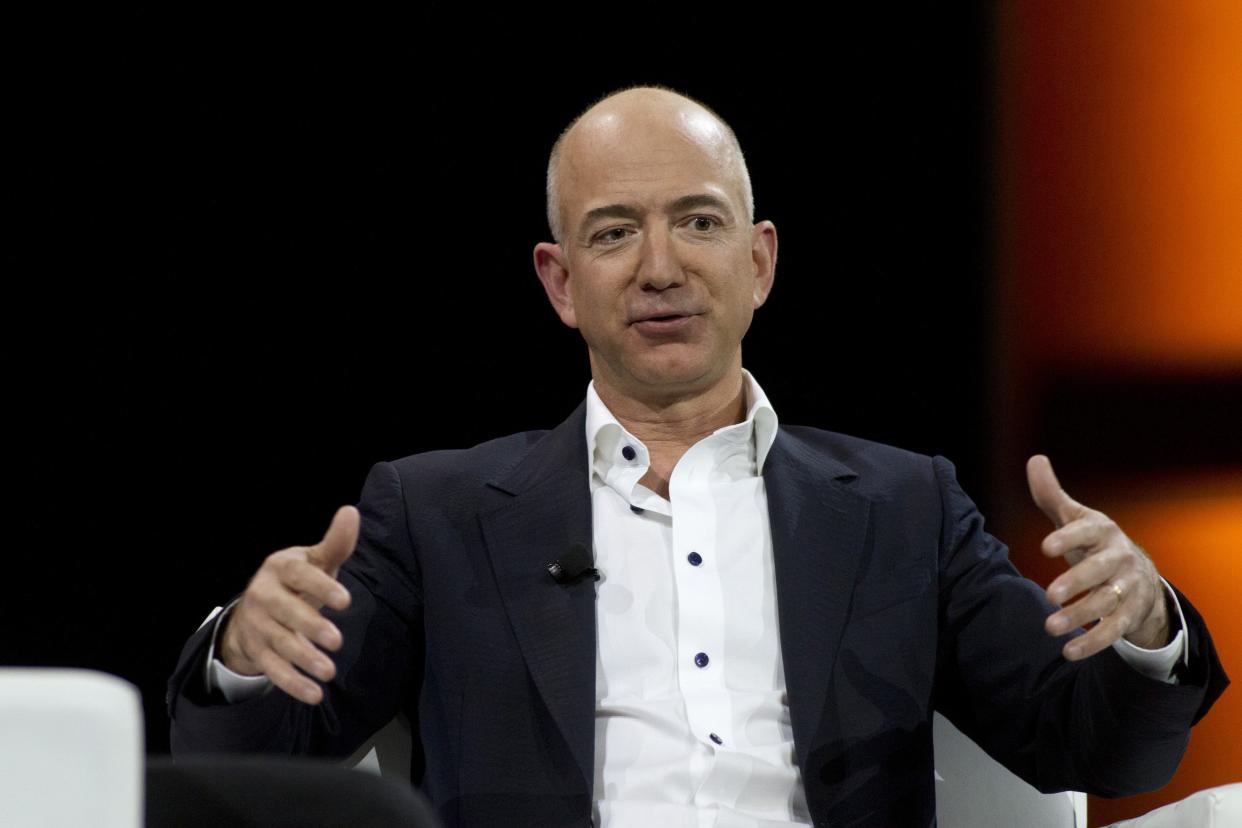"To be a great newspaper, you have to be profitable": On Jeff Bezos' purchase of the Washington Post

"To be a great newspaper you have to be profitable.”
This, from legendary Washington Post publisher Kay Graham, sounds simple, but it’s a radical idea. And it’s radical especially in this climate of deep, quavering, lump-in-throat sentimentality about newspapers, in which people express their love for newspapers in all the romantic ways except the American one: they won’t fork over any money. They won’t pay for broadsheets on the newsstand, however cool it still looks to carry one smartly under one’s arm; nor will they pay to get the papers to land, thwack, on their welcome mats.
The only people conspicuously buying newspapers, in fact, are the sentimental super-rich. John Henry, of the Boston Red Sox, bought the Boston Globe last week in a blue-light special: $70 million. (In 1993, the New York Times had purchased the Globe for $1.1 billion.) And Jeff Bezos, the founder and CEO of Amazon, ponied up a quarter of a billion dollars from his own account for the Post, and then became convincingly misty about the august newspaper and its wonderfully autonomous mission.
It’s not unusual to see American businesses enshrined as hallowed institutions: Hollywood, Broadway and American automotive companies have been enshrining themselves for years. But for commercial forms, the watchword is Kay Graham’s: to be great, you have to be profitable. Just as cars are not works of art, manufactured only to be photographed at the Cooper-Hewit National Design Museum, neither is newspaper work something that should be sponsored by philanthropic organizations, and purchased for government stockpile.
If no one is buying newspapers, and no one wants to advertise in them, there just are no more newspapers. Traditional newspapers are only a commercial notion. They exist only in a world of vigorous advertising and plentiful subscribers.
Why would anyone in her right mind learn to write news articles, on deadline, with ledes, jumps, kickers, headlines and display copy—or create storytelling photographs that are both perfectly reproducible and entirely copyrightable—if there were no more popular demand for the daily broadsheets, tabloids and adjacency advertising that engendered these unusual and constraining forms? If newspapers became a charity project for the Library of Congress, and there was no pressure on them to sell copies or ads, wouldn’t writers and photographers and graphic designers slowly cast off the chains and start creating as they wished, without reference to inches and ads?
Well, they have, and no one should know that better than Jeff Bezos. That’s what all the writing and photography on the Internet is. The first Web site appeared in 1991, and Amazon.com showed up four years after. Now, look at what has happened since the once-formidable newspaper model has lost its despotic hold on the imaginations of journalists. For reportage and symbolic communication there’s Twitter, there’s Tumblr, there’s YouTube, there’s Blogspot, there’s WordPress, there’s Medium. There are blogs, aggregators, branded content and media Web sites. Almost none of it looks remotely like a “newspaper,” because, like a plant, newspapers only bend and twist the way they did in the 19th century because that’s where the light was. That’s where the money was. When the money is not there anymore -- which (ask any advertiser!) it is not -- the newspapers die, and the plants begin to incline different ways.
Bezos and others who believe they can bend the great old papers in new ways, and coax traditional media in new directions so that it offers value again to readers and advertisers, should do it. It would be spectacular if Bezos figured out a way to merchandise the content in the Washington Post—have readers and viewers come, as to Amazon, for the content—and half-accidentally buy from Amazon’s brilliant retail operation souvenirs of that media experience. Post-branded Umbrellas and crossword-puzzle books and commemorative covers and framed photographs of the royal baby or the Redskins.
Long ago, the Electronic Frontier Foundation prophesied that this is how money would be made on the Internet: the (expensive) content would be given away free, like the music of the Grateful Dead. And the (dirt cheap) 3D objects—most of it manufactured abroad—would be sold beside the content, at a premium, like Dead regalia. Under Bezos’s brilliant direction, Amazon has become a massive content site on which people merchandise the free reading of reviews of flashlights by buying expensive flashlights.
That wouldn’t be bad: if Bezos and his ilk can make newspaper content merchandisable, it could be exciting. Alternately, the grand old newspapers could die dignified deaths, maybe donating organs to younger enterprises that could use them.
In fact, the only bad end to newspapers at this point could be if nostalgic young billionaires with baron aspirations, out to impress their parents and late grandparents, buy them as charity cases, embalm the medium and its ideology to keep it from decay, and prey on the nostalgia of others to prop up the lifeless old form. The only great newspaper is a profitable one. A profitless one is moribund.




